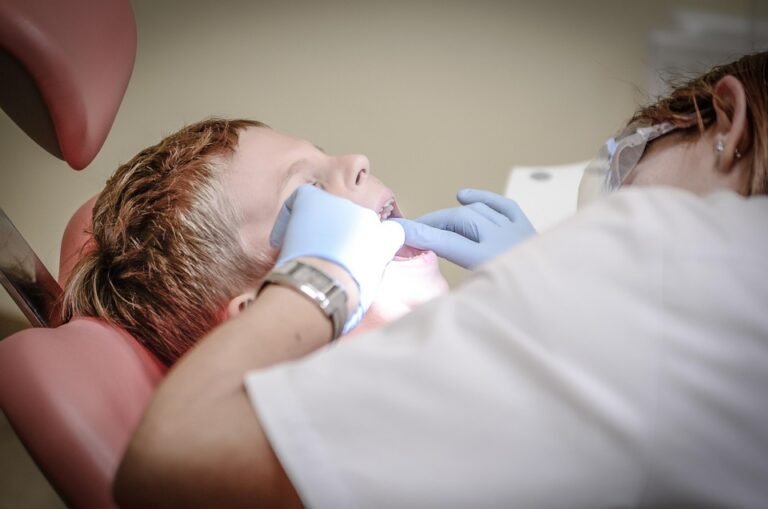How do virtual simulations help bridge the gap between preclinical and clinical training?
Okay, so I’m a medical student, really interested in surgery. We’re doing so much preclinical work – anatomy, physiology, pharmacology – and it feels like a huge jump to seeing actual patients, let alone operating. A lot of the hands-on experience is limited initially and heavily supervised. And honestly, I’m a bit nervous about making mistakes that could harm someone while I’m learning.
Specifically, I’m curious about:
* What specific types of simulations are being used? Are we talking VR with haptics, screen-based sims, or something else entirely?
* Are these simulations actually improving patient outcomes once we hit the OR or wards? Is there data supporting this?
* How do simulations help develop specific skills, like suturing, laparoscopic techniques, or even just communication skills with patients in stressful situations?
* Are there simulations geared towards recognizing rare or critical conditions that we might not see very often in real life, but need to know how to handle?
* Finally, how integrated are these simulations with the curriculum? Are they just add-ons or are they becoming core parts of our education? I’m trying to figure out if investing extra time in these is really worth it.
Answer
Virtual simulations play a significant role in bridging the gap between preclinical and clinical training in various healthcare fields by providing a safe, standardized, and repeatable environment for learners to develop and practice essential skills before encountering real patients. They address several key limitations of traditional training methods and prepare students for the complexities of clinical practice in a multifaceted manner.
1. Enhanced Skill Development and Confidence:
- Procedural Skills: Virtual simulations offer realistic representations of medical procedures, allowing students to practice techniques like intubation, central line insertion, laparoscopic surgery, and various diagnostic imaging procedures. They can repeat these procedures as many times as needed without risk to patients, honing their psychomotor skills, decision-making abilities, and hand-eye coordination. The simulations often provide real-time feedback on performance metrics, such as time taken, errors made, and instrument handling efficiency, enabling students to identify areas for improvement.
- Diagnostic Reasoning: Simulated patient cases present learners with virtual patients exhibiting various signs and symptoms. Students must gather information through virtual physical examinations, order diagnostic tests (interpreting results), and formulate a diagnosis. The simulations can incorporate a wide range of pathologies, including rare or complex conditions that students might not encounter frequently during their clinical rotations. This exposure strengthens their diagnostic reasoning skills and helps them develop pattern recognition.
- Communication Skills: Some virtual simulations are designed to simulate patient interactions. Learners can practice interviewing patients, delivering difficult news, explaining treatment plans, and managing emotional situations. These simulations can provide feedback on communication style, empathy, and clarity of explanation, preparing students to effectively communicate with patients and their families in real-world clinical settings.
- Teamwork and Collaboration: Virtual simulations can be used to train interprofessional teams. Healthcare students from different disciplines (e.g., medicine, nursing, pharmacy) can work together in a simulated environment to manage patient cases. This allows them to practice communication, coordination, and shared decision-making, fostering teamwork skills that are essential in modern healthcare.
- Emergency Response: Virtual simulations are particularly valuable for training in emergency situations. Learners can practice managing cardiac arrests, trauma cases, and other critical events in a safe and controlled environment. They can make mistakes without consequences and learn from them, improving their ability to react quickly and effectively in real emergencies.
2. Standardized Learning Experiences:
- Consistent Scenarios: Virtual simulations ensure that all learners are exposed to the same set of clinical scenarios and challenges. This standardization helps to minimize variability in training experiences and ensures that all students meet minimum competency levels before entering clinical practice.
- Objective Assessment: Virtual simulations allow for objective assessment of student performance. Performance metrics are automatically recorded, providing faculty with data on student strengths and weaknesses. This objective data can be used to provide targeted feedback and support student learning.
- Controlled Environments: Simulations eliminate the unpredictable nature of real-world clinical settings. They allow instructors to control the variables and focus on specific learning objectives. This control makes it easier for students to focus on the task at hand and learn from their mistakes.
- Curriculum Integration: Virtual simulations can be seamlessly integrated into the curriculum, providing a structured and progressive learning experience. They can be used to reinforce concepts learned in lectures and textbooks, and to prepare students for clinical rotations.
3. Safe and Ethical Training:
- Patient Safety: Virtual simulations eliminate the risk of harm to real patients during training. Students can make mistakes and learn from them without jeopardizing patient safety. This is particularly important for procedures that are invasive or carry a high risk of complications.
- Ethical Considerations: Virtual simulations can be used to explore ethical dilemmas in healthcare. Students can grapple with issues such as informed consent, end-of-life care, and resource allocation in a safe and controlled environment.
- Reduced Stress and Anxiety: Some students experience anxiety when transitioning from preclinical to clinical training. Virtual simulations can help to reduce this anxiety by providing a safe and familiar environment to practice clinical skills. This can help students feel more confident and prepared when they begin their clinical rotations.
- Accessibility and Inclusivity: Virtual simulations can provide access to training for students who may not have access to traditional clinical training opportunities. This can include students in rural areas, students with disabilities, or students who are unable to participate in clinical rotations due to personal circumstances.
4. Bridging the Knowledge-Practice Gap:
- Contextual Learning: Virtual simulations provide a context for learning that is more similar to real-world clinical practice than traditional didactic methods. This helps students to understand how theoretical knowledge applies to real-world situations.
- Active Learning: Virtual simulations promote active learning. Students are actively involved in the learning process, making decisions, solving problems, and receiving feedback. This active engagement helps them to retain information and develop critical thinking skills.
- Reflection and Debriefing: Virtual simulations are often followed by debriefing sessions, where students can reflect on their performance and discuss what they learned. These debriefing sessions are an important part of the learning process, helping students to consolidate their knowledge and skills.
Examples of Applications:
- Surgical Simulators: Allow surgeons to practice complex procedures like laparoscopic surgery, robotic surgery, and open surgery in a realistic environment.
- Anesthesia Simulators: Allow anesthesiologists to practice managing patients under anesthesia, including induction, maintenance, and emergence.
- Nursing Simulators: Allow nurses to practice a wide range of skills, including medication administration, wound care, and patient assessment.
- Emergency Medicine Simulators: Allow emergency medicine physicians to practice managing patients with a variety of acute illnesses and injuries.
- Radiology Simulators: Allow radiologists to practice interpreting medical images, such as X-rays, CT scans, and MRIs.
In conclusion, virtual simulations offer a powerful tool for bridging the gap between preclinical and clinical training. They provide a safe, standardized, and repeatable environment for learners to develop and practice essential skills, enhance their confidence, and prepare them for the complexities of clinical practice. By integrating virtual simulations into the curriculum, healthcare educators can improve the quality of training and better prepare students to provide safe and effective patient care.




